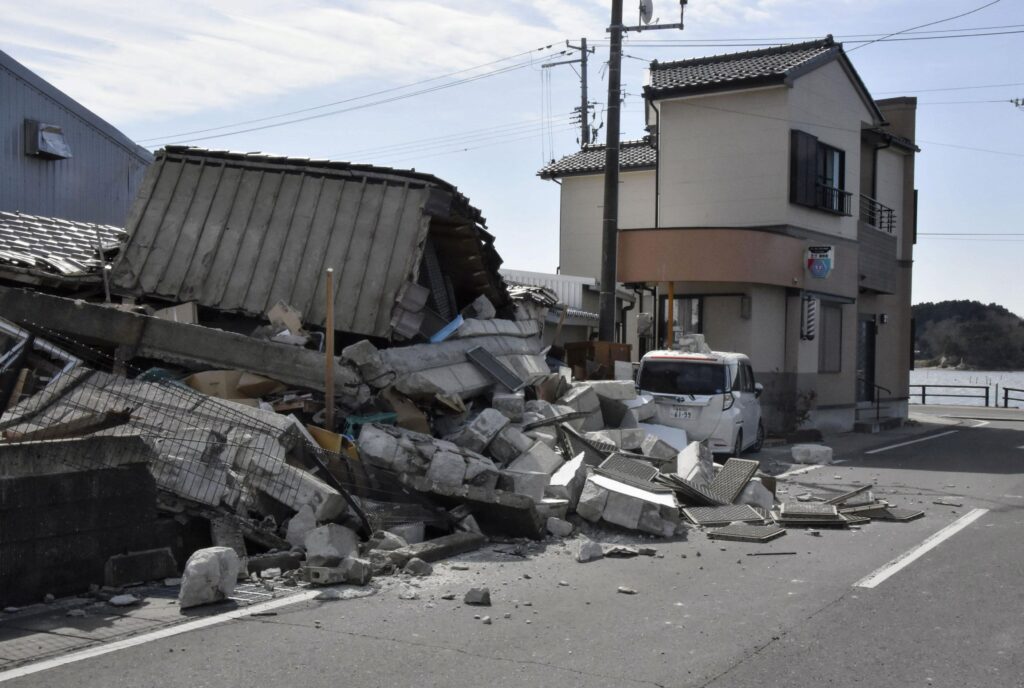
Japan, renowned for its resilience and preparedness in the face of natural disasters, remains on high alert as recent seismic activity suggests the potential for a mega earthquake. As the nation continues to brace itself, it’s crucial to stay informed about the latest developments and what they mean for the safety and preparedness of the Japanese populace.
Recent Earthquake Activity
- Increased Seismic Activity: Recent months have witnessed a notable uptick in seismic activity in Japan. The Japan Meteorological Agency (JMA) has reported several significant tremors, with some reaching magnitudes of 6.0 and above. These events have been concentrated along major fault lines, particularly those in the Pacific Ring of Fire.
- Notable Earthquakes:
- August 2024: A magnitude 6.8 earthquake struck off the coast of northeastern Japan, leading to minor tsunamis and localized damage.
- July 2024: A series of tremors, with the largest reaching 5.9, hit central Japan, causing disruptions in transportation and infrastructure.
- Early Warning Systems: Japan’s advanced early warning systems have been activated frequently in response to these tremors. The JMA’s Earthquake Early Warning (EEW) system provides real-time alerts, helping residents take protective measures before shaking begins.
Preparedness Measures
- Government Initiatives: The Japanese government has ramped up its preparedness initiatives. This includes revising earthquake preparedness plans, conducting regular drills, and reinforcing building codes to ensure structures can withstand severe tremors.
- Public Awareness Campaigns: Local authorities are running public awareness campaigns to educate citizens about earthquake safety. These campaigns emphasize the importance of having emergency kits, knowing evacuation routes, and understanding how to “Drop, Cover, and Hold On” during an earthquake.
- Infrastructure Reinforcement: Significant investments are being made to enhance the earthquake resistance of critical infrastructure, including bridges, highways, and high-rise buildings. Retrofitting older structures to meet modern seismic standards is a key focus.
Scientific Insights
- Fault Line Analysis: Seismologists are closely monitoring major fault lines, including the Nankai Trough and the Tokai Fault, which are known for their seismic activity. Recent studies have indicated a higher likelihood of a mega earthquake in these regions, prompting increased research and monitoring efforts.
- Historical Context: Historical data and paleoseismic research suggest that Japan is overdue for a large-scale earthquake. Historical records show that similar mega earthquakes occur roughly every 100-150 years, and Japan has not experienced one on the scale anticipated for several decades.
- Predictive Models: Advancements in predictive modeling and seismic forecasting are providing more accurate assessments of earthquake risks. While exact predictions remain elusive, these models help in understanding potential impacts and guiding preparedness strategies.
Community and Individual Actions
- Earthquake Drills: Communities are encouraged to participate in regular earthquake drills. These exercises help familiarize residents with safety protocols and ensure a swift, coordinated response in the event of a real earthquake.
- Emergency Kits: Residents are advised to prepare emergency kits with essentials such as water, food, first-aid supplies, and flashlights. It is recommended that these kits be updated regularly to account for changes in needs and to replace expired items.
- Home Safety Checks: Conducting home safety checks to secure heavy furniture, appliances, and other items that could pose a risk during an earthquake is crucial. Properly anchoring these items can prevent injuries and damage.
Japan’s preparedness for a potential mega earthquake is a testament to its proactive approach to disaster management. By staying informed about the latest earthquake news, participating in preparedness initiatives, and understanding the scientific context, residents and authorities can better navigate the risks associated with seismic activity. As Japan remains vigilant, the nation continues to exemplify resilience and readiness in the face of natural challenges.